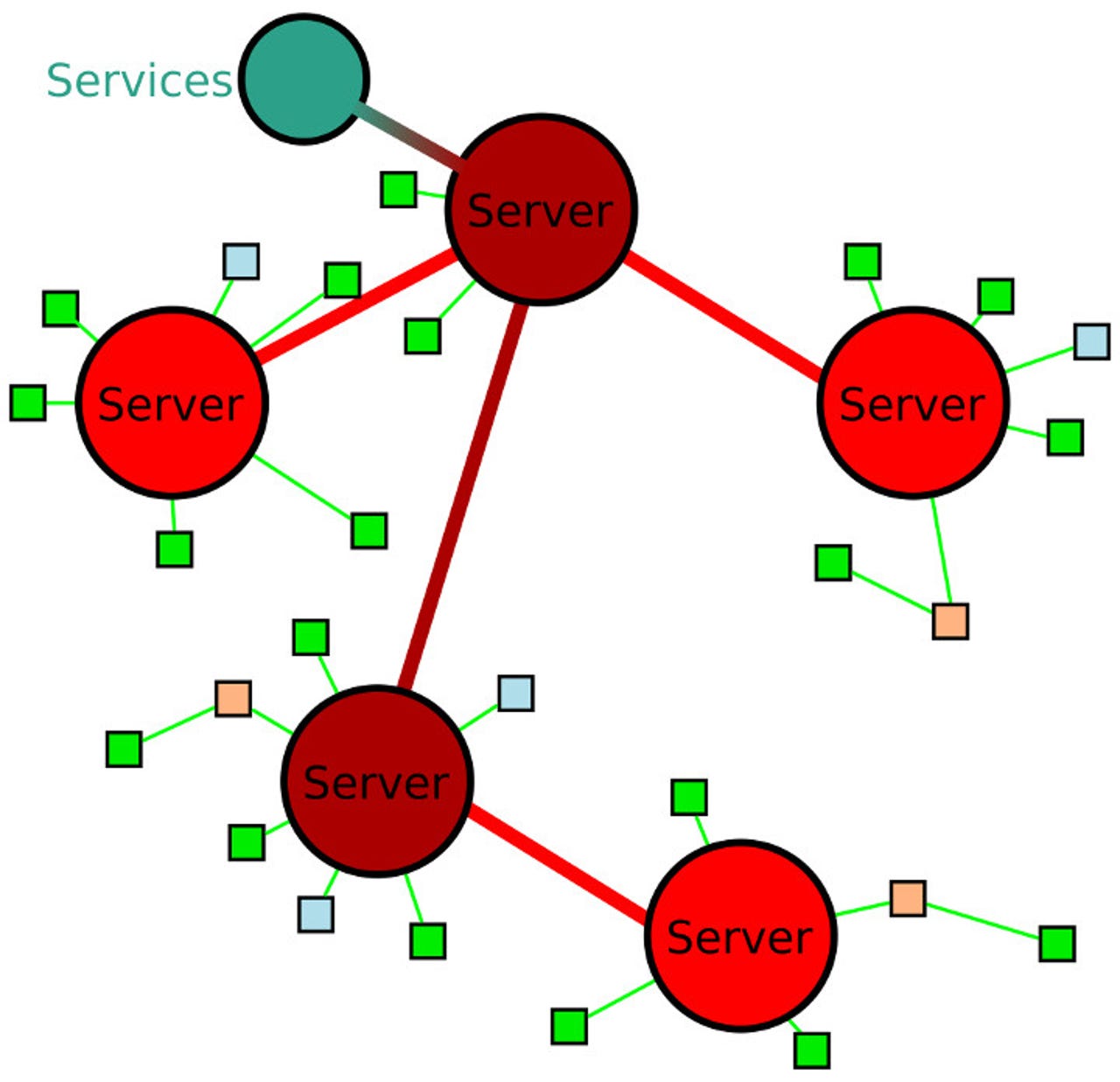IRC 3: The original online chat program gets updated

Internet Relay Chat (IRC) was born in 1988 to help people message each over over the pre-web internet. While many other programs have become more popular since then, such as Whatsapp, Google Allo, and Slack, IRC lives on primarily in developer communities. Now, IRC developers are updating the venerable protocol to revitalize it for the 21st century.

IRC, the grandfather of online chat systems, is trying to make a comeback with a new, unified version.
The new IRC, IRCv3, includes several new features:
- Standardized account login using Simple Authentication and Security Layer (SASL). This speeds up user registration and authentication. SASL is a framework for providing authentication and data security services in connection-oriented protocols. As such, it's ideal for IRC.
- Expanded user account information. On IRC, users can log in using several different clients and via many servers. This function provides additional data so users can be more easily identified and makes it easier to jump from IRC public channel messages to private messages and back again.
- Optional message metadata. This will make it easier to add tags to messages.
- Instant away notifications. This enables users to know when other users go away or come back more quickly.
- Show message received times. Since IRC works over networks of peer-to-peer (P2P) servers it was often difficult to see when someone actually received a message. This will give users message delivery times that are accurate to within a millisecond.
- Grouping related messages. This introduces a new IRC "batch" client capability. It will make it easier to track message threads across an IRC channel.
Many of these features have already been present in some IRC clients. The IRCv3 Working Group is a group of IRC client and server programmers working to enhance, maintain, and perhaps most important of all, standardize the IRC protocol.
Even with all these changes, the new IRC looks a lot like the old IRC. No matter what IRC client you us, for example, mIRC, WeeChat, Pidgin, or if you connect to IRC servers via a web gateway, IRC remains a short -- one line -- series of text driven online communities.
Doesn't sound practical? Tell Twitter that. It's where they got the idea that 140 characters was enough.
Unlike Google Hangouts or Skype, IRC doesn't include video or Voice-over-Internet Protocol (VoIP). It also doesn't automatically delete messages after they've been received like Snapchat. On the other hand, IRC is still very handy. As Adobe pointed out recently with email, just because a technology is old, doesn't mean it's not useful.
Related Stories: